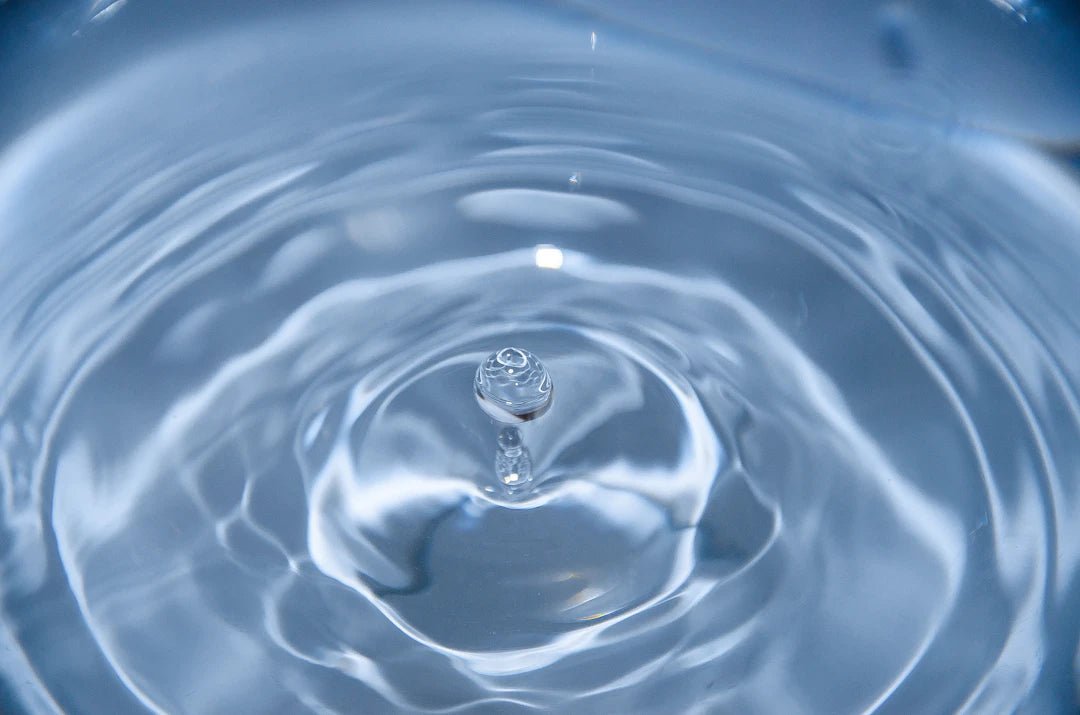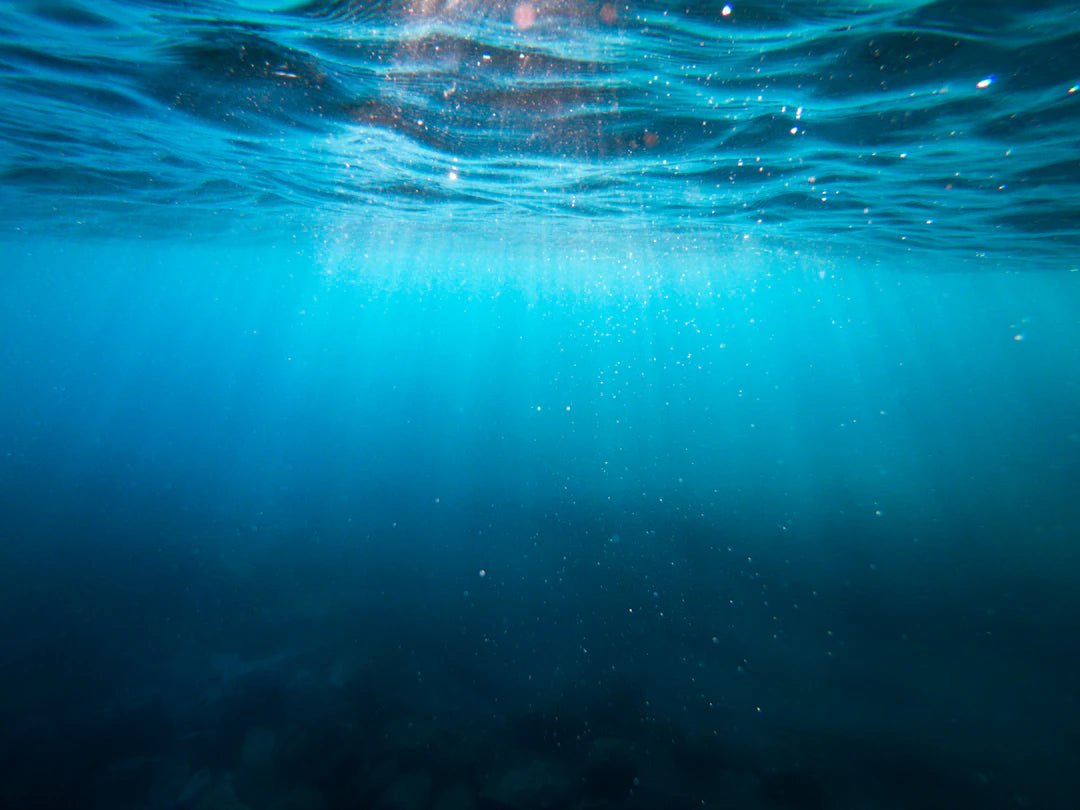Reverse Osmosis vs Other Water Filtration Methods
Overview
This blog explores various water filtration methods, focusing on reverse osmosis (RO) as a top choice for effective purification. It compares RO with activated carbon, UV filters, and whole house systems, detailing their benefits and limitations. The article highlights RO's ability to remove a wide range of contaminants, its health benefits, and cost-effectiveness over time. Regular maintenance is emphasized for optimal performance, making RO systems, like those from Rippl Pure, a reliable investment for clean drinking water.
Frequently Asked Questions
1. What is reverse osmosis?
2. How does a reverse osmosis system work?
3. What are the benefits of using reverse osmosis for water filtration?
4. What are some limitations of activated carbon filters?
5. Why is regular maintenance important for reverse osmosis systems?
Water quality is key for health and well-being. In Australia, the need for effective water purification methods is on the rise, leading many to seek efficient water filtration systems for their homes. Among the various methods available, reverse osmosis (RO) stands out as a popular choice. In this article, we will compare reverse osmosis to other water filtration techniques, highlighting their differences, benefits, and drawbacks, while emphasizing why a reverse osmosis system, such as the one from Rippl Pure, might be your best investment.
Understanding Water Filtration Methods
Water filtration methods come in several varieties, each with unique mechanisms to remove contaminants. The most common options include:
- Activated Carbon Filters
- Ultraviolet (UV) Filters
- Reverse Osmosis Systems
- Whole House Filters
Let’s take a closer look at these systems and see how they stack up against each other.
What is Reverse Osmosis?
Reverse osmosis is a process that uses a semi-permeable membrane to remove impurities from water. This method effectively eliminates contaminants such as lead, chlorine, fluoride, and even certain viruses and bacteria. Suitable for both residential and commercial use, it requires a reverse osmosis filter replacement every 2-3 years to maintain optimal performance.
How Does a Reverse Osmosis System Work?
A reverse osmosis system works by applying pressure to water, pushing it through a membrane that captures unwanted elements. The filtered water then collects in a storage tank, ready for use. This process ensures that you receive clean, safe water for drinking and cooking. For Australians, this system provides reassurance in areas where water quality may be a concern due to seasonal flooding or agricultural runoff.
Activated Carbon Filters
Activated carbon filters are one of the most commonly found water filtration systems. They utilize carbon granules to adsorb impurities, including chlorine, sediment, and volatile organic compounds (VOCs). While effective for improving taste and odor, they do not remove dissolved solids or heavy metals.
Benefits of Activated Carbon Filters
- Improves taste and odor
- Less expensive than other filtration systems
- Easy installation and maintenance
Limitations of Activated Carbon Filters
- Does not remove all contaminants
- Requires frequent replacement of filters
- Performance diminishes over time without regular replacement
Ultraviolet (UV) Filters
UV water filtration systems use ultraviolet light to kill bacteria, viruses, and other microorganisms. This method is particularly effective for disinfection but does not remove chemical contaminants or sediments.
Advantages of UV Filters
- Highly effective against microorganisms
- Fast and chemical-free disinfection
- No impact on water taste
Disadvantages of UV Filters
- Requires electricity to operate
- Does not remove heavy metals or dissolved solids
- Does not improve water taste or odor
Whole House Filters
Whole house filters treat water at the point of entry, ensuring that all water in your home is filtered. These systems can be based on different technologies, including sediment filters, carbon filters, and sometimes even reverse osmosis.
Pros of Whole House Filters
- Comprehensive treatment for all household water
- Improves lifespan of appliances and plumbing
- Can enhance overall water quality
Cons of Whole House Filters
- Higher upfront investment
- Requires larger installation space
- Might not provide high-level filtration compared to dedicated systems
Comparing Effectiveness Against Contaminants
When choosing a water filtration system, it's essential to consider what contaminants you wish to remove. Here's how the different methods rank for effectiveness against common water pollutants:
| Contaminant | Reverse Osmosis | Activated Carbon | UV Filter | Whole House Filter |
|---|---|---|---|---|
| Chlorine | Yes | Yes | No | Yes (depends on the type) |
| Heavy Metals (e.g., Lead) | Yes | No | No | Depends on the type |
| Bacteria and Viruses | Yes | No | Yes | Depends on the type |
| Fluoride | Yes | No | No | Depends on the type |
| Taste and Odor | Yes | Yes | No | Yes (depends on the type) |
Why Choose Reverse Osmosis?
Reverse osmosis systems, such as those provided by Rippl Pure, offer numerous advantages that make them a compelling choice for water filtration in Australia. Some advantages include:
- High-Quality Purification: RO systems effectively reduce a wide range of contaminants, ensuring that you receive the cleanest water possible.
- Health Benefits: Consuming purified water can enhance your overall health, positively affecting digestion and eliminating harmful substances.
- Cost-Effective in the Long Run: While the initial investment may be higher than other systems, the durability and effectiveness of reverse osmosis can offer better value.
- Reduced Environmental Impact: Access to clean water reduces reliance on bottled water, lowering plastic waste.
Maintenance Tips for Reverse Osmosis Systems
To ensure the longevity and efficiency of your reverse osmosis system, regular maintenance is essential. Here are a few tips:
- Perform regular inspections and cleanings to prevent clogging.
- Replace the RO membrane and pre-filters as recommended, typically every 2-3 years for membranes and annually for filters.
- Keep track of water quality by conducting regular testing, particularly if your water source is known to have issues.
Final Thoughts: The Clear Choice for Pure Water
When it comes to ensuring safe and clean drinking water, reverse osmosis stands out among other filtration methods in terms of effectiveness and health benefits. For residents in Australia looking to invest in a reliable water filtration system, Rippl Pure’s reverse osmosis systems offer the assurance of quality and purity. Make the switch to a reverse osmosis system today and unlock the potential of clean, fresh water right from your tap!
As you navigate your water filtration options, consider the unique needs of your household. With the right system in place, you can take control of your water quality and promote a healthier lifestyle!
Linked Product

Reverse Osmosis Filter Replacement for Rippl Pure - Essential to Maintain Clean, Pure Water
The Reverse Osmosis Filter Replacement for Rippl Pure is essential for maintaining the quality of your water by removing contaminants such as bacteria and chemicals. Regular replacement, recommended every 12–24 months, ensures optimal performance and enhances the taste of your drinking water. The straightforward installation process helps ensure that your system continues to deliver clean and safe water.
View ProductVisit one of our fellow Shopify or Wix users' stores by clicking this store link. Please note that this is a promotional link, and we are not responsible for the content of the linked store.



